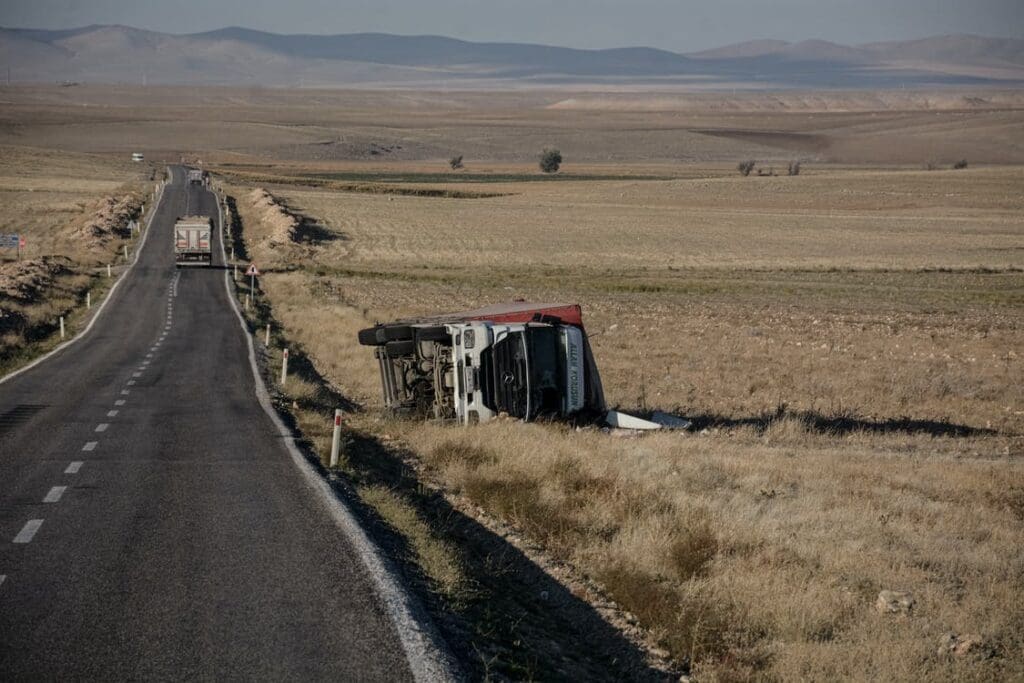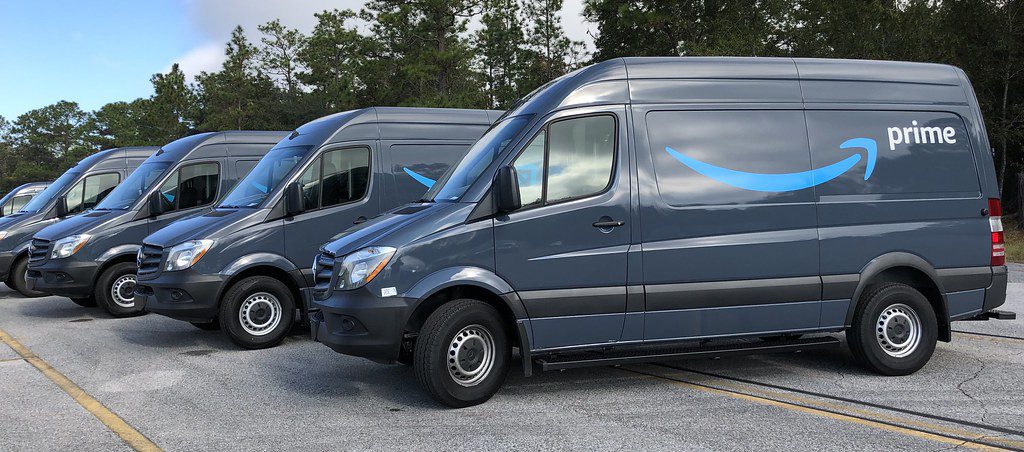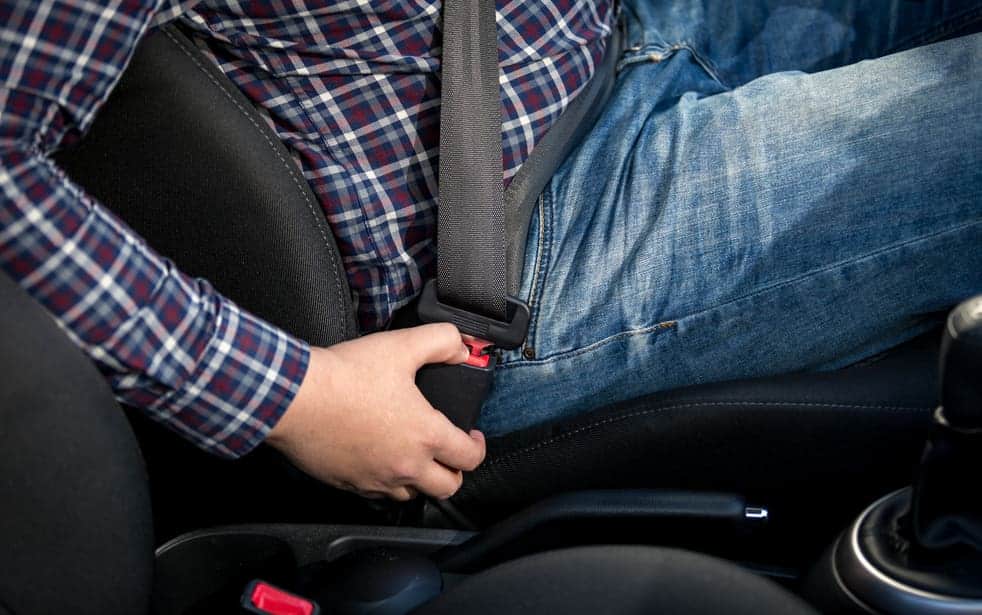When two or more vehicles are involved in an accident, it can be challenging to determine who was responsible for the incident.
However, establishing fault is essential to insurance claims, and because each state has its laws, it pays to know “What does no-fault state mean” and who pays for car damage in a no-fault state?
At Fault Vs. No-Fault State Accidents
What is the meaning of a no-fault state? What is the difference between no-fault and fault state accidents? People have many questions about no-fault incidents and usually want to know what happens after the event.
In no-fault states, the driver’s personal injury protection (PIP) coverage pays out after a car accident for lost wages and medical expenses, regardless of fault. However, despite what many believe in, a no-fault state doesn’t mean that no one is liable for the accident. Drivers still carry liability insurance and cover expenses they cause to others if they are responsible for the undesirable event.
Washington is not a no-fault state. It is a comparative fault state, which means the responsibility of the parties involved in the accident is essential when determining damage compensation. Only 12 U.S. states require no-fault insurance, including:
- New York
- New Jersey
- Florida
- Hawaii
- Kansas
- Kentucky
- North Dakota
- Pennsylvania
- Massachusetts
- Michigan
- Minnesota
- Utah
Who Pays for Car Damage in a No-Fault State
In a fault state, the driver’s property damage liability covers the car repair expenses while bodily injury liability insurance pays for the medical costs. In a no-fault state, blame is still assigned, and the main difference is who pays for the medical expenses.
All drivers should carry Personal Injury Protection Insurance coverage. It will significantly increase auto insurance costs and is one of the reasons why insurance in no-fault states is more expensive than in fault states.
How No-Fault Car Insurance Works
Now that you have the answer to the question “What does a no-fault state mean” it is time to understand the purpose of this type of insurance and how it works. The primary purpose of no-fault insurance is to save money and time (often involved in lawsuits). Claims processes and lawsuits usually cause high expenses for both parties and delay the settlement.
In no-fault states, personal injury protection insurance pays out immediately, regardless of who is responsible for the car accident. Therefore, the likelihood of one party suing the other is lower.
So, what should one do after a car crash? Well, the first step is to make sure everyone is safe. Then, you should:
Notify Your Insurance Company of the Accident
The next thing you should do is inform your insurance agent about the incident. If you are conversing with the other side, you will want to stay mindful of liability and avoid making statements about accountability.
Explain What Happened to the Insurance Adjuster
During the phone call or meeting with your insurance adjuster, explain what happened and share as many details as possible. If you can, write down any vital information from the accidents to be accurate when sharing the details with your insurance company.
Provide Medical Records to Support Your Injury Claim
In the case of an injury, keep the bills and medical records from the hospital or physical therapy clinic. It is essential to provide proof of your injury to support your claim.
Submit Proof of Related Expenses
Once you file a claim, the insurance company will send an appraiser to determine the damage. At this point, it is necessary to submit proof of related expenses to justify costs incurred, including car repair, emotional distress, and more.
Negotiate Your Settlement
If you are involved in a car accident, and it resulted in injuries and car damage, you might want to discuss your situation with an experienced lawyer to better understand your options.
What Damage Does No-Fault Insurance Cover?
In auto insurance law, in any country, negligence means fault. So, if you were the party responsible for the accident, your insurance would pay out based on which coverage plan you have. But in a no-fault accident, who pays? And what damage does no-fault insurance cover?
It all depends on how much and what kind of insurance you have. In a no-fault state, a basic insurance plan should cover the following:
- Medical bills
- Out-of-pocket expenses
- Lost wages
- Funeral expenses
How do you go about getting your car repaired in a no-fault state?
If you’ve been in an accident in a no-fault state, here’s what you need to do to get your car repaired:
Scenario 1: You were the only driver involved in the accident
- File a claim with your own insurance company.
- They will pay for your repairs up to the limits of your collision coverage.
- If your car is a total loss, they will pay you the actual cash value of the car.
Scenario 2: You were in a two-car accident, and the other driver was at fault
- File a claim with your own insurance company.
- They will pay for your repairs up to the limits of your collision coverage.
- You can then file a subrogation claim with the other driver’s insurance company to get reimbursed for your deductible and any other out-of-pocket expenses.
Scenario 3: You were in a multi-car accident, and it’s not clear who was at fault
- File a claim with your own insurance company.
- They will pay for your repairs up to the limits of your collision coverage.
- You may be able to file subrogation claims with the other drivers’ insurance companies, but it will be more difficult to prove that they were at fault.
In scenarios involving comprehensive coverage, the determination of responsibility for damage caused in accidents with multiple vehicles is crucial. Your own insurer steps in to protect you, managing insurance claims and assessing the impact on your premiums. If the other driver hits you, filing a claim with their insurer becomes essential to ensure a fair resolution and proper coverage for both parties involved. Understanding the interplay between your insurance coverage and the other party’s coverage is essential for navigating the complexities of accidents involving multiple vehicles.
How Does Negligence Impact Liability?
Even though no-fault states don’t typically assign blame for car accidents, that doesn’t mean that negligence doesn’t matter. If you were the victim of a serious accident that was caused by the other driver’s negligence, you may still be able to sue them for personal injury damages, such as pain and suffering, lost wages, and medical expenses.
However, the burden of proof will be on you to show that the other driver was negligent. This can be difficult to do, especially if there are no witnesses or police reports.
Frequently Asked Questions (FAQs) – Who Pays for Car Damage in a No-fault State?
Does Insurance Cover Things That Are Your Fault?
In a no-fault state, your own insurance company will typically cover your car repairs, regardless of who caused the accident. However, there may be exceptions. For example, if you were driving under the influence of alcohol or drugs, your insurance company may deny your claim.
How Do Insurance Companies Determine Who Is at Fault?
Insurance companies will look at all of the evidence available, such as the police report, witness statements, and photos of the damage to the vehicles. They will also consider the laws of the state where the accident occurred.
Does the Police Report Automatically Go to Insurance?
In most states, yes. When you file a claim with your insurance company, they will typically request a copy of the police report.
What are the 4 Types of Negligence?
The four types of negligence are:
Ordinary Negligence
The negligent party fails to act as a reasonable person would in the same situation. For example, a driver who speeds on a rainy day and causes a crash.
Gross Negligence
The negligent party acts with extreme disregard for the safety or rights of others. For example, a doctor who performs surgery while intoxicated and causes the patient to die.
Comparative Negligence
Both parties are partially at fault for the harm or damage that occurred. For example, if a driver runs a red light and hits another driver who was speeding, both drivers are guilty of comparative negligence.
Contributory Negligence
The injured party is also at fault for the harm or damage that occurred. For example, if a pedestrian crosses the street without looking and gets hit by a car, the pedestrian is guilty of contributory negligence.
Why is it called no-fault?
It is called no-fault because the insurance system does not require the determination of fault before paying for the losses. The purpose is to simplify the claims process, reduce litigation costs, and provide quick payments.
What happens if you are at fault in a car accident in California?
California is a fault-based state, which means that drivers who are at fault for a car accident may be held liable for any damages or injuries that result from the accident. This includes property damage, medical expenses, lost wages, and other costs. If you are at fault for the crash, you will be required to compensate the victim for the damages they sustained, either through your insurance company or out of your own pocket. You may also face legal consequences, such as fines, points on your license, or even criminal charges, depending on the severity of the accident and your driving record.
Recommended Article: How Long After Car Accident Can You Claim Injury
Conclusion
If you happen to be a part of a car accident in Washington, it is never too soon to get an attorney.
Call Coluccio Law at 206-594-5185 to speak with one of our attorneys at no cost. We serve Seattle, WA, and the surrounding areas and will help guide you through the legal process. We can help you answer these questions today: “Who pays for car damage in a no-fault state” and “Do no-fault claims affect insurance?”
Services We Offer
- Car Crashes
- Bicycle Crashes
- Burn Injuries
- Brain Injury Law
- Motorcycle Crashes
- Spinal Cord Injuries
- Pedestrian Injuries
- Train Crash & Maritime Injuries
- Truck Crash Law
- Wrongful Death




